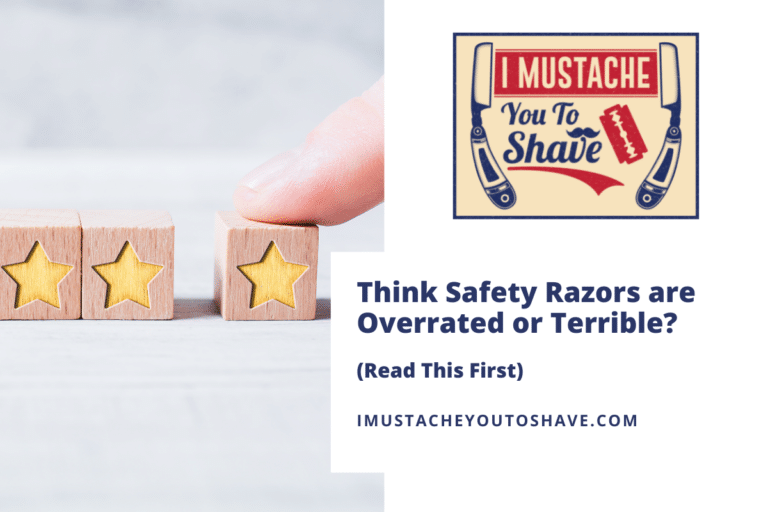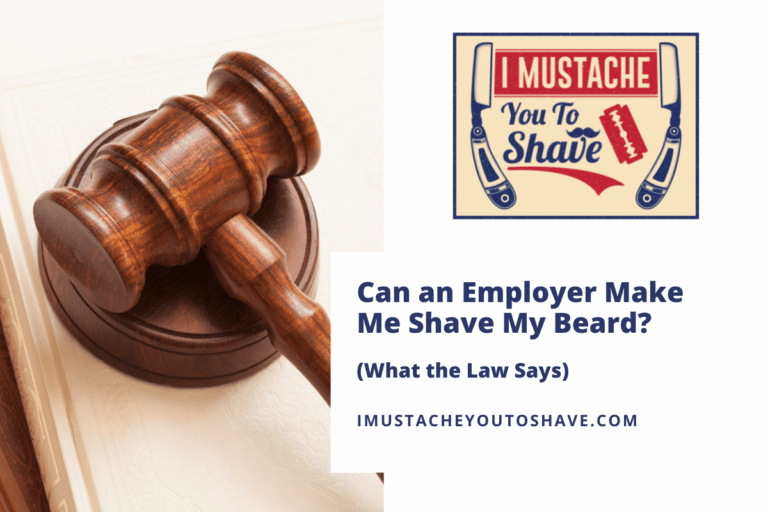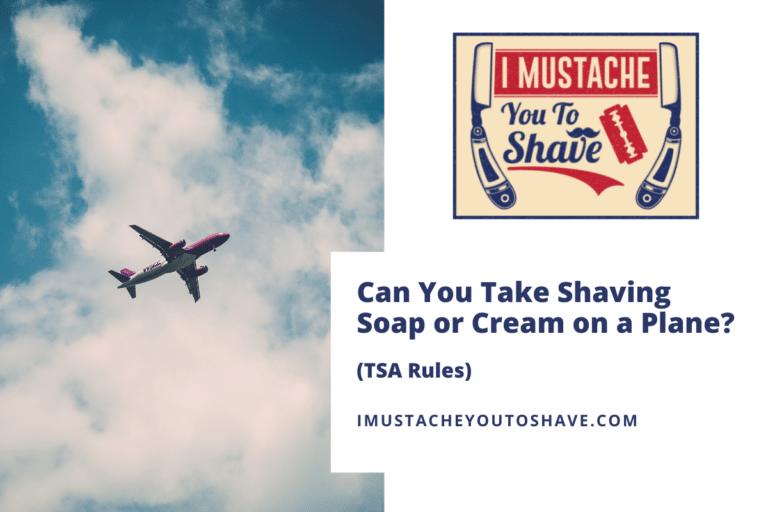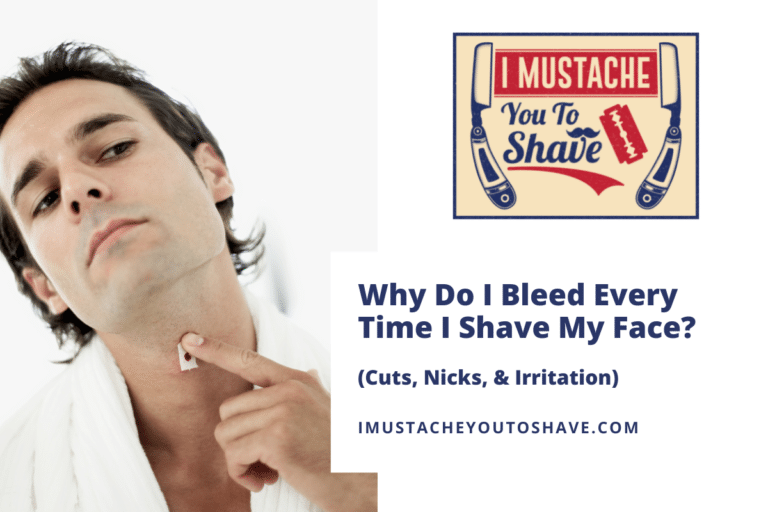Why Don’t Barbers Use Straight Razors? (Plus How To Find One!)
Straight razors are known to give a clean, super close shave. So why don’t more barbers use a reusable straight razor today?
Barbers don’t use reusable straight razors with the same frequency they did in the past. Even those barbers who still offer “straight razor” shaves have moved to the use of shavettes. Several factors contribute to this decrease in use such as time, hygiene, and convenience.
If you want to learn more about this shift in shaving tools, as well as some of the interesting history of straight razor use, keep reading!
Do barbers still use straight razors?
The answer is yes and no. Yes, many barbers still use a type of straight razor to give a close shave to their customers.
However, it’s often not the same straight razor tool used before the twentieth century. In today’s barbershops, you will more likely see the straight razor’s cousin – the shavette. A shavette still uses one sharpened blade, but this blade is taken out easily and replaced often.
This saves time since the blade doesn’t have to be sharpened and disinfected between each client.
Do all barbers use changeable or disposable blade straight razors?
Not all barbers have embraced the move to changeable or disposable blades.
Old-school men’s barbers still exist around the world. They pride themselves as experts in the use of this tried and true tool.
They have decided that tradition is worth more than the rush to serve as many clients as possible.
How often do barbers change blades?
Barbers must change or sterilize blades between each customer according to state license requirements. This ensures the customer gets a hygienic shave and a sharpened blade. Before shavettes came onto the scene, barbers were required to sharpen or “strop” blades by hand and disinfect the straight razor blade for five to eight minutes.
When did barbers stop using straight razors?
Although the use of a reusable straight razor is still legal in most states, the mass move to changeable blades was made in the 1980s.
The fear of blood-borne diseases such as HIV/AIDS and hepatitis led to this change in barbershops across the country. In 1988, Ed Jeffers, founder of the Barber Museum and former head of the National Association of Barber Boards, sent a letter to all the state licensing agencies requesting the move to changeable blades.
Even the medical community saw the importance of educating barbers on safe grooming practices. A quick look at medical studies over the past 10-15 years shows the need to disinfect barber tools to prevent the spread of life-threatening diseases.
Another concern was the increase in lawsuits across the country. Even skilled barbers could accidentally nick a client. Would that man sue? Many barbers wanted to eliminate that possibility and made the move to disposable safety razors or electric shavers.
The 21st century also brought with it a decrease in the “hot towel barber” experience. Customers had more demands on their time. This resulted in the immediate gratification of using disposable razors at home. Many barbershops removed the straight razor shave from their service menus.
History of straight razor shaving in barbershops
The first crude straight razors date back to the Egyptians. These tools resembled small hatchets more than the long, smooth blades of today. As you can imagine, the results were far from perfect. However, barbers were in high demand in ancient times because they were responsible for freeing evil spirits from the body.
Fun Fact: In ancient times, it was believed that evil spirits entered the body through the hair. This was good news for the barbers.
The Greeks and Romans improved upon the razor design and invented the long blade using strong materials like iron.
Barbers in the Middle Ages didn’t just shave and cut hair. They were referred to as barber-surgeons. You could think of them as a one-stop-shop.
Need a medical procedure?
Need your teeth extracted?
Need some bloodletting?
Go see the barber.
When we look at a straight razor with its sharp metal blade and thin handle, it’s easy to see how it resembles a surgeon’s scalpel. Thankfully, surgery isn’t on the barber’s service menu today.
Fun Fact: The colors of the barber pole represent the medical origins of barbers. Red represents blood. White represents bandages. Blue represents veins.
The first barber colleges opened in the late 1800s and this paved the way for the modern-day barbershop. Gone were the surgical procedures. Barbers now concentrated on cosmetic grooming and hair care. Straight razor shaving was a common practice.
The modern blades were made of sleek steel. Professional barbers were trained in straight razor techniques. They sharpened the reusable blades on a strop and soaked the blade in alcohol to disinfect it.
How to find a straight razor barber near me
Today, the straight razor shave has gained in popularity. Many barbershops advertise “hot towel shaves” or “premium shaves” among their services. What used to be commonplace is now considered a luxury.
A quick Google search yielded 10 barbershops near me that offer a straight razor shave. Many of these shops had retro words in their business name like “Old Timey”, “Old Fashioned”, and “Vintage”.
Straight razors have become popular collector items too. Another way to find barbers who offer this service is to ask in online interest groups and collectors’ forums. Social media outlets, like Facebook, often have groups and local pages where you can ask for recommendations on just about anything- straight razor shaves included.







